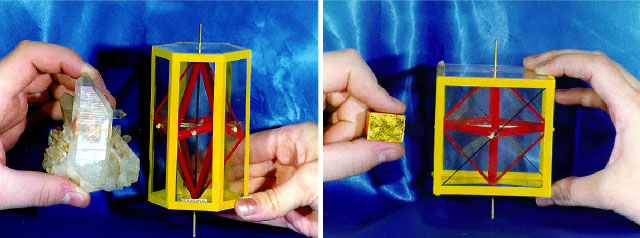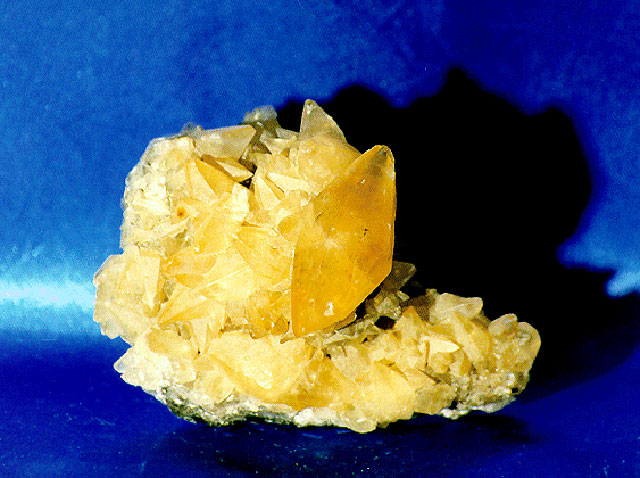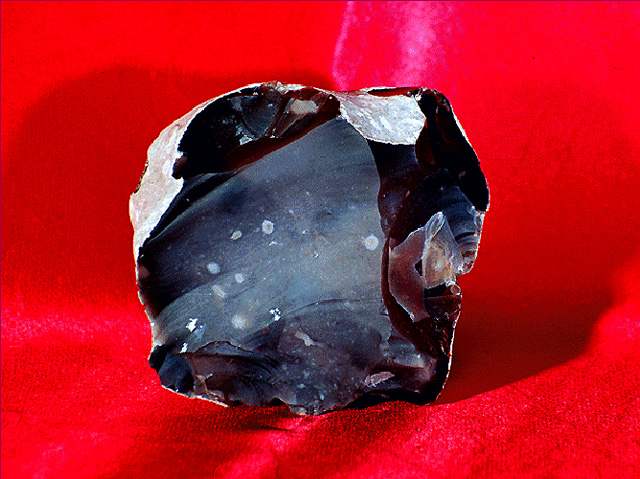
Mineral Identification (Part 1)
Minerals have distinct physical properties. Geologists and rockhounds use these physical properties to identify minerals. The distinguishing properties of minerals are discussed here.
1. Crystal form
2. Luster
3. Color and streak
4. Hardness
5. Fracture and cleavage
6. Specific gravity
7. Magnetism
8. Acid Reaction
9. Striations
Crystal Form
Crystal form refers to the geometric shape of mineral crystals. Crystal form is caused by the symmetrical, three-dimensional arrangement of atoms inside the mineral.

The arrangement of atoms in a mineral controls the shape of the mineral. The left photograph shows how quartz fits in the hexagonal crystal system. The right photograph shows how pyrite is a cubic mineral. (Photographs by Parvinder Sethi)

Crystal form can be seen in this specimen of dogtooth spar, a type of calcite. (Photographs by Parvinder Sethi)

Some crystals cannot be seen with the unaided human eye. This sample of chert, a type of quartz, contains microscopic crystals so small that the mineral appears smooth.(Photograph by Parvinder Sethi)
Crystal growth results from a slow change of state from liquid or gas to solid.
Click to play video.